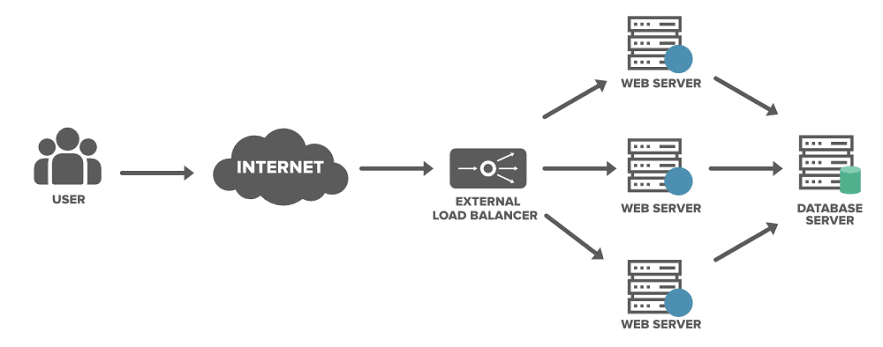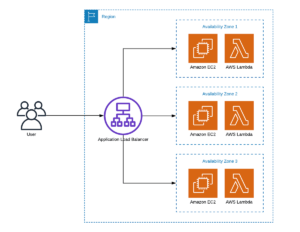
Introduction to Database Load Balancer
In today’s fast-paced digital world, businesses rely heavily on data to drive their operations and make informed decisions. As the volume of data continues to grow exponentially, it is crucial to have a robust database infrastructure that can handle the increasing load efficiently. This is where a database load balancer comes into play.
A database load balancer is a powerful tool that optimizes performance and ensures high availability by distributing incoming traffic across multiple database servers. With its intelligent routing algorithms, it evenly distributes the workload, preventing any single server from being overwhelmed and reducing the risk of downtime.
The Architecture of a Database Load Balancer
A typical database load balancer architecture consists of three main components: the load balancer, the database servers, and the monitoring system.
The Load Balancer:
The load balancer acts as a gateway for incoming database requests. It receives the requests from clients and forwards them to the appropriate database server based on predefined rules and algorithms. This ensures that the workload is evenly distributed across the servers, optimizing performance and preventing any single server from becoming a bottleneck.
The Database Servers:
The database servers are the backbone of the load balancing infrastructure. They store and manage the data and handle the actual execution of database queries. By having multiple database servers, the load balancer ensures high availability and fault tolerance. If one server fails, the load balancer automatically redirects the requests to the remaining servers, ensuring uninterrupted service.
The Monitoring System:
The monitoring system plays a crucial role in the database load balancer architecture. It constantly monitors the health and performance of the database servers, collecting data on various metrics such as CPU usage, memory utilization, and network traffic. This information allows the load balancer to make informed decisions about routing traffic and dynamically adjust the distribution of workload based on the current server conditions.
Benefits of Database Load Balancer
Implementing a database load balancer offers several benefits for businesses:
- Scalability: A load balancer allows businesses to easily scale their database infrastructure by adding or removing servers as per the demand. This ensures that the system can handle sudden spikes in traffic without affecting performance.
- Improved Performance: By evenly distributing the workload, a load balancer eliminates the risk of overloading any single server. This results in faster response times and improved performance for end-users.
- High Availability: With multiple database servers, a load balancer ensures high availability and fault tolerance. If one server fails, the load balancer automatically redirects the traffic to the remaining servers, minimizing downtime and ensuring uninterrupted service.
- Efficient Resource Utilization: A load balancer optimizes resource utilization by intelligently routing traffic to the servers that have the most available capacity. This prevents underutilization of resources and maximizes the efficiency of the database infrastructure.
A well-designed database load balancer architecture is a game-changer for businesses, enabling them to handle increasing data volumes while maintaining high performance and availability. By implementing a database load balancer, businesses can ensure that their database infrastructure is scalable, resilient, and optimized for maximum performance.



